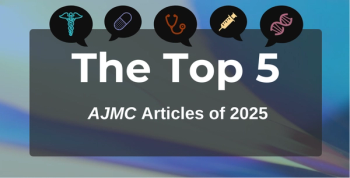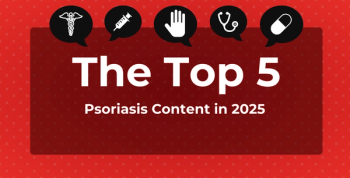Be Prepared to Adjust How You Visit Your Doctor’s Office
With all of the United States in various phases of reopening, according to CNN, visits to doctors’ offices will look entirely different. Forbes reports on the safest ways to do so, looking at all-new check-in procedures, transportation considerations, and the continuation of telemedicine. Top tips include patients knowing the mask requirements, being prepared to wait in their cars until their appointment time, and always calling ahead, because they may not need to go in at all.
Study Results Project a 30% Increase in Cancer Care Costs
By 2030, study results published in Cancer Epidemiology, Biomarkers & Prevention, from the American Association for Cancer Research, project there could be a total cancer spend of $245 billion. This would equate to a 30% jump in just 15 years and includes annual costs of $105,500 per patient who dies in the end-of-life phase; oral prescription drug costs of $24,000 for patients with myeloma; and $239,400 for patients with acute myeloid leukemia. The study authors used data from the National Cancer Institute’s Surveillance, Epidemiology, and End Results registry to determine cancer care costs by disease site, diagnosis stage, and phase of care.
A New COVID-19 Tracing Effort Aims to Increase Privacy Protection
Former members of a Silicon Valley effort to help contain coronavirus disease 2019 (COVID-19) have now joined forces with researchers and data scientists from Harvard and MIT to form the Covid-19 Mobility Data Network, according to Stat News. The new group’s main focus is tracking public health initiatives through the use of mobility patterns at the population level for zip codes, counties, and states. Cofounder Andrew Schroeder notes that using population-level data enables greater privacy because individual-level information is not accessed for analysis.









































